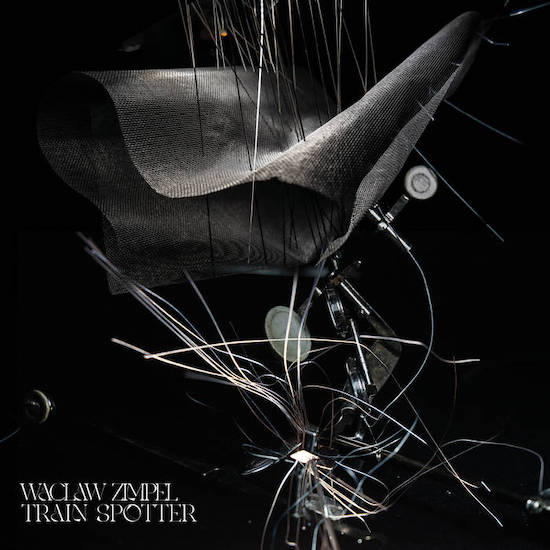Modern cities are as much a nuisance as they are inspiring. In his introduction to acoustic ecology, R. Murray Schafer wrote that in an urban soundscape, meaningful sounds could be masked to the extent that an individual’s ‘auditory space’ is drastically reduced. But in The Art of Noises, Italian Futurist Luigi Russolo saw that habituating the human ear to the speed and energy of urban hassle required a new approach to composing music.
That fascination was a starting point for Wacław Zimpel’s new album Train Spotter. He recorded the soundscape of Warsaw, focusing on the rumbling public transport. He visited train stations and caught with the recorder the sound of tram stops or routes; he was looking for sounds with repetitive movements, like vehicles rhythmically reverberating on the tracks, escalators, or lifts.
Over a decade ago, the Polish clarinetist played free jazz, then went through minimalism and Carnatic-inspired albums to his synth-buzzing last solo album, Massive Oscillations from 2020. He collaborated with Sam Shackleton and James Holden too. Last year he told tQ that he feels more like a producer now. You can hear that clearly on his new release.
Zimpel didn’t make a field-recording album but decided to translate the city’s sound into music. On the one hand, the pulsating electronic collages are reminiscent of the musical sampling undertaken by Amon Tobin on Foley Room, on the other of the numerous experiments by Matthew Herbert, who reshapes found sounds into albums like Bodily Functions or Plat du Jour.
Here, the composer adds electronics, synths, and clarinet to the mix on his third solo album. On ‘Train Spotter’, you can hear the trams develop into a stunning, colourful, and pulsating electronic techno suite combined with clarinet sounds. ‘Phantom Paradise’ sounds like an urban jungle with cumulative layers of escalating ambient waves, vibrant jumping electronic passages, and stately clarinet parts in counterpoint to these fluctuations.
Zimpel focuses on sequenced rhythms, much as Kraftwerk did on Trans Europe Express. Sometimes he builds up a communicative monotony as the Düsseldorf machine men did on Autobahn, although the tracks here are much shorter. ‘Infinite Gray’ has a trip-hop atmosphere with enveloping waves of the sound of reed instruments, whereas the slightly danceable ‘Born in Captivity’ has some indietronica elements. In the ‘Vanishing Rainbow,’ there are afterimages of field recordings at the beginning – riding trams and ringing bells which become a rail symphony covered with layers of electronics and clarinet squealing in excerpts as if someone is playing in the street.
The pulsating music is a mosaic of the city soundscape filtered through Zimpel’s production ideas. The tracks have the rhythm of city streets; they pound out the fast pace of the metropolis. Zimpel departs far from his original soundscapes like many, for example, artists in the Touch label catalogue have. He does not go into the avant-garde experiment; instead, he seeks a rave based on what you can hear with ordinary sounds. The Warsaw musician picks out the most striking motifs from the urban noise and creates a somewhat unobvious musical soundtrack of the metropolis. It reminds me of Walter Ruttmann’s film Berlin: Symphony of a Great City.
Public transport seems banal every day. But listen closely while traveling through the metropolises and you’ll find it hides a lot of structures translatable to music. Zimpel searches for these musical patterns. Like the Situationists, he aims to play with the city, thinking and expanding how inspiring its noise can be.


